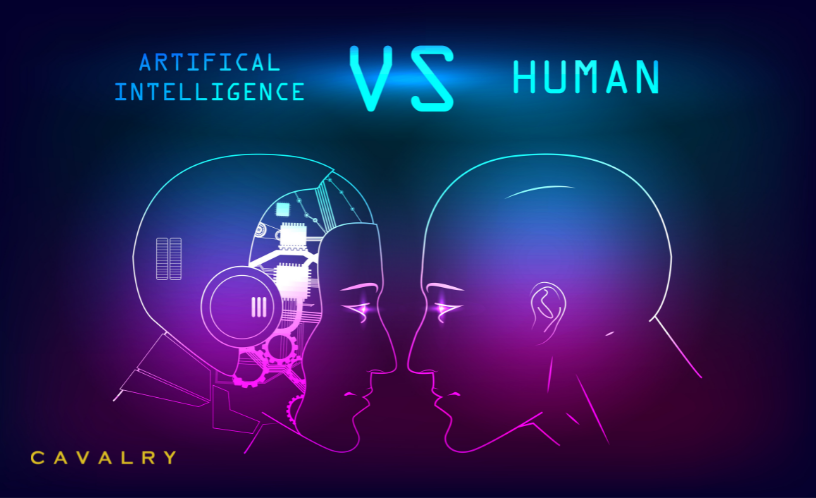Do We Still Need Humans if We Have Artificial Intelligence?

Hi All – Dr. Brian Pendleton here again. In an earlier post about artificial intelligence and machine learning, I wrote that people can’t be removed from any process a company might use machine learning for. And I believe that’s especially true for Cavalry. While AI and machine learning can help make a process more efficient and reduce certain kinds of error that humans tend to make with highly repetitive tasks or data entry, it isn’t foolproof.
Using Confusion to Eliminate Confusion
When designing a product such as Taxonics™, it would be quite easy to allow a data scientist to create a model based on some data, train and re-train it until a desired accuracy percentage is obtained (say, 95%), then unleash it on the world. However, if that model is used for 1,000 engagements, on average, we’re going to get 50 valuations wrong.
Let me stop there for a moment and discuss one method of evaluating the correctness of a model.
One way we evaluate accuracy of a model is with a confusion table. We’re going to keep it simple, so let’s say our model only evaluates if a property is valued correctly (True) or it isn’t (False). That means we have 4 possible outcomes:
· The model predicted True and was correct
· The model predicted True and was incorrect
· The model predicted False and was correct
· The model predicted False and was incorrect
This is usually referred to, in the same order as above, True Positive (TP); True Negative (TN); False Positive (FP); and False Negative (FN). We then create a table that shows the number of instances of each one, like the illustrative table below, and make a decision about the accuracy of the model.

Looking at the table we might be feeling rather good about the model. It actually performed better than our expectations with an error rate of a little over 3%. The data scientist might pack it up and call it a day. However, an experienced real estate professional would look at the false positives and false negatives to better understand why they were incorrect.
Other than true outliers that will always be beyond the norm, what if all the false positives were similar in some way? An expert, working with the data scientist, could discover why the model predicted the answer it did and improve it.
Human Judgement + Artificial Intelligence = Optimal Outcomes
The above is just one example. At the end of the day humans are still largely needed for many aspects of any business – including the use of AI for specific purposes.
The bottom line? Artificial intelligence increases efficiency through a reduction in common errors and processing speed. However, for the foreseeable future, only humans will be able to truly understand the nuances of an uncommon situation. Cavalry’s expertise in the commercial real estate industry has, and continues to have, an impact on the creation of a tool, Taxonics, which has a high degree of accuracy. They also have the ability to review its predictions, understand the nuance, and continually optimize for improved tax outcomes.
BACK TO ARTICLES